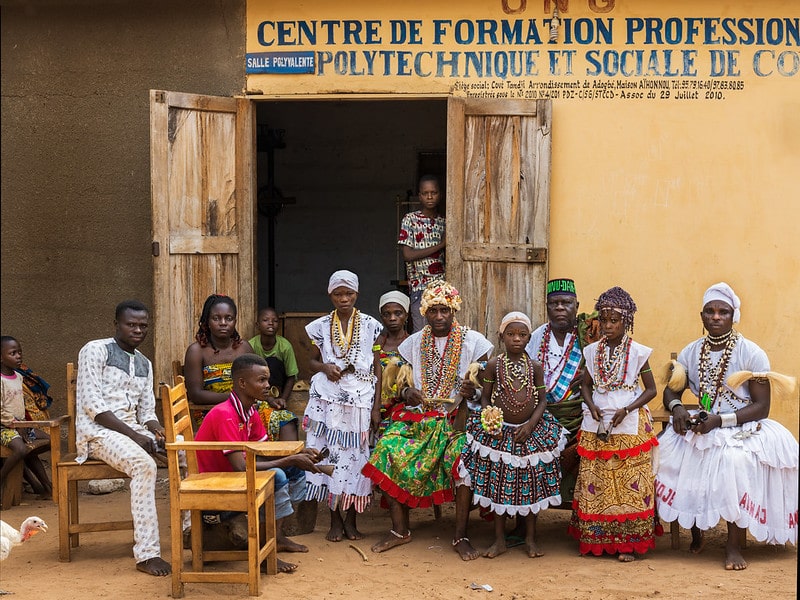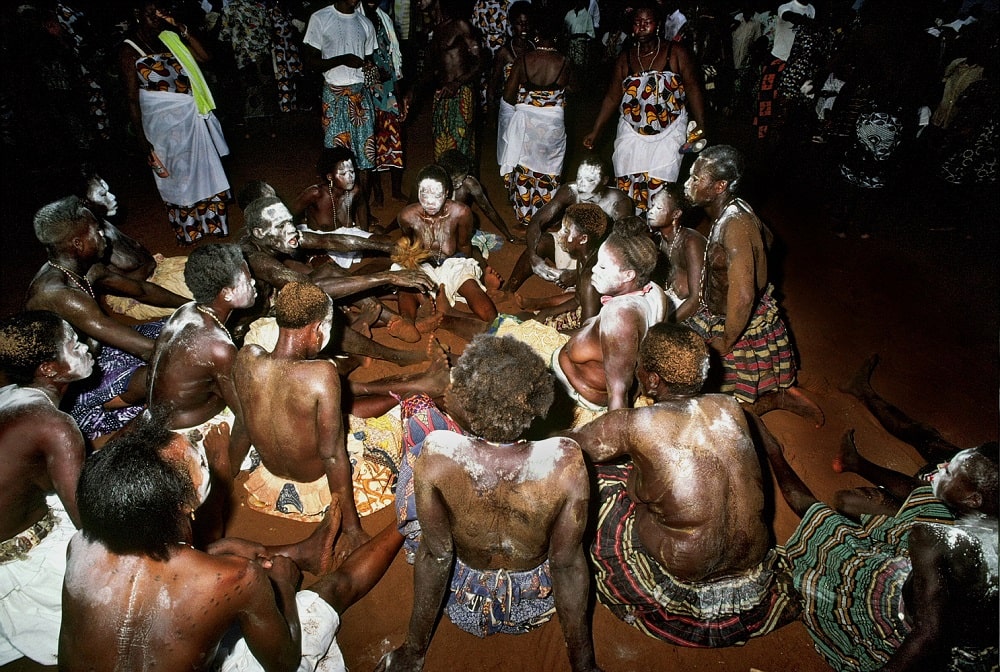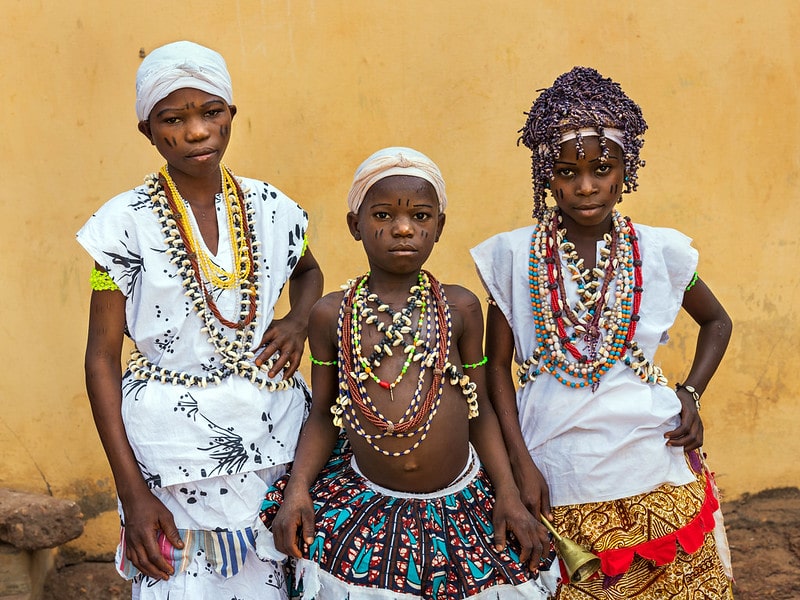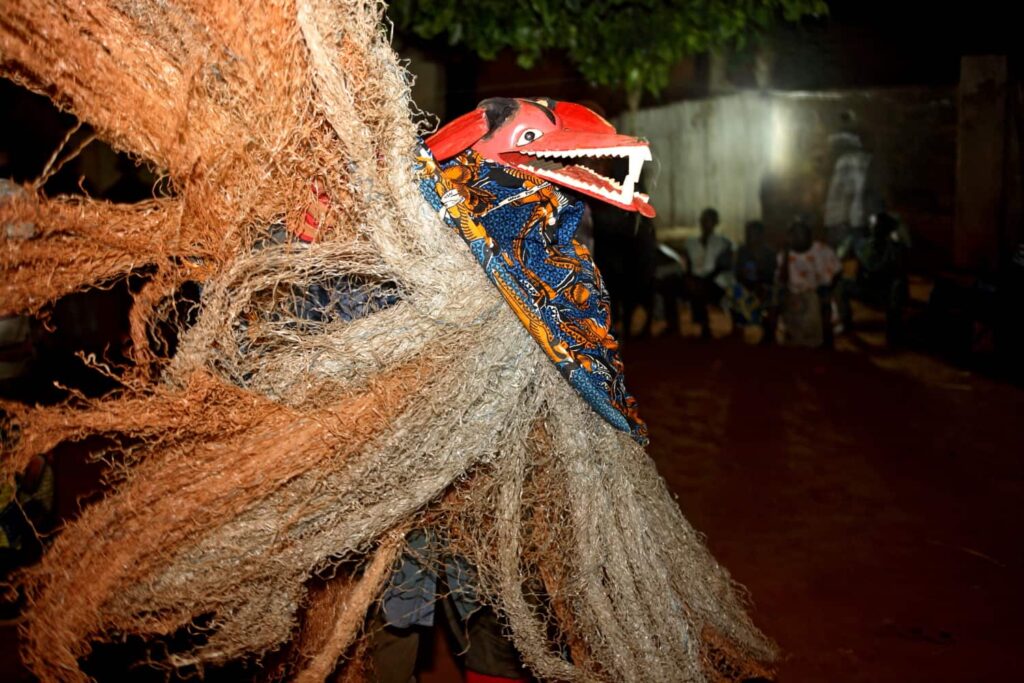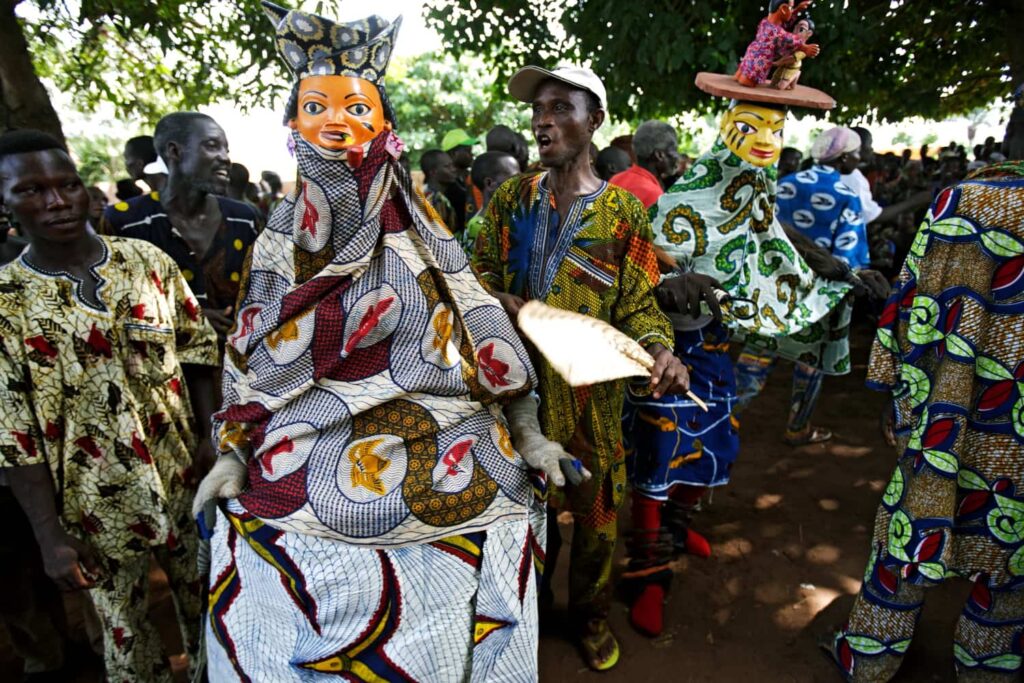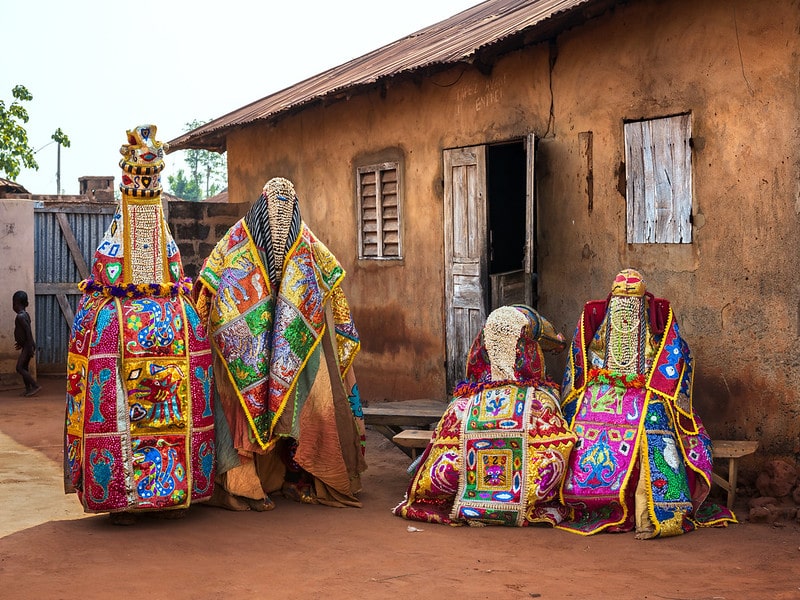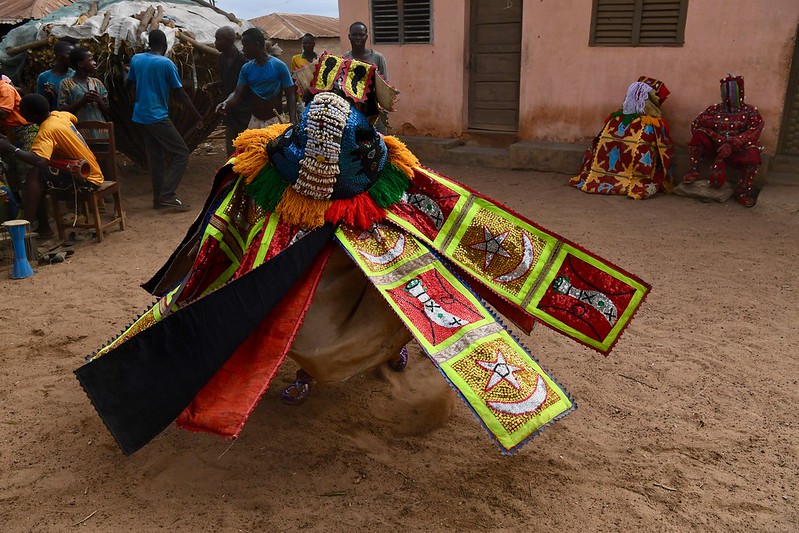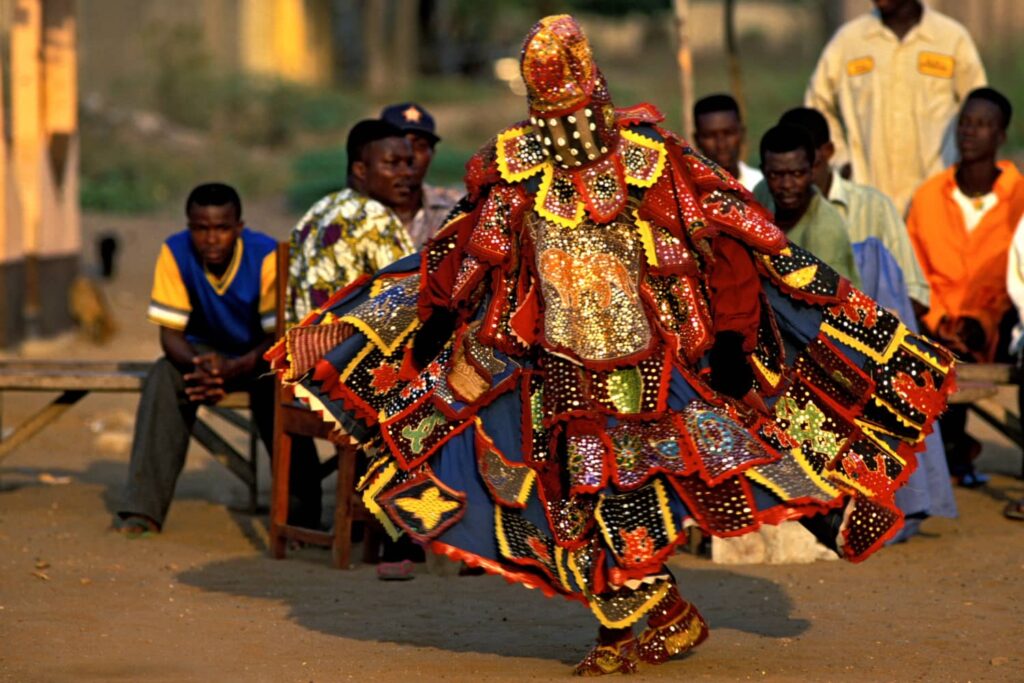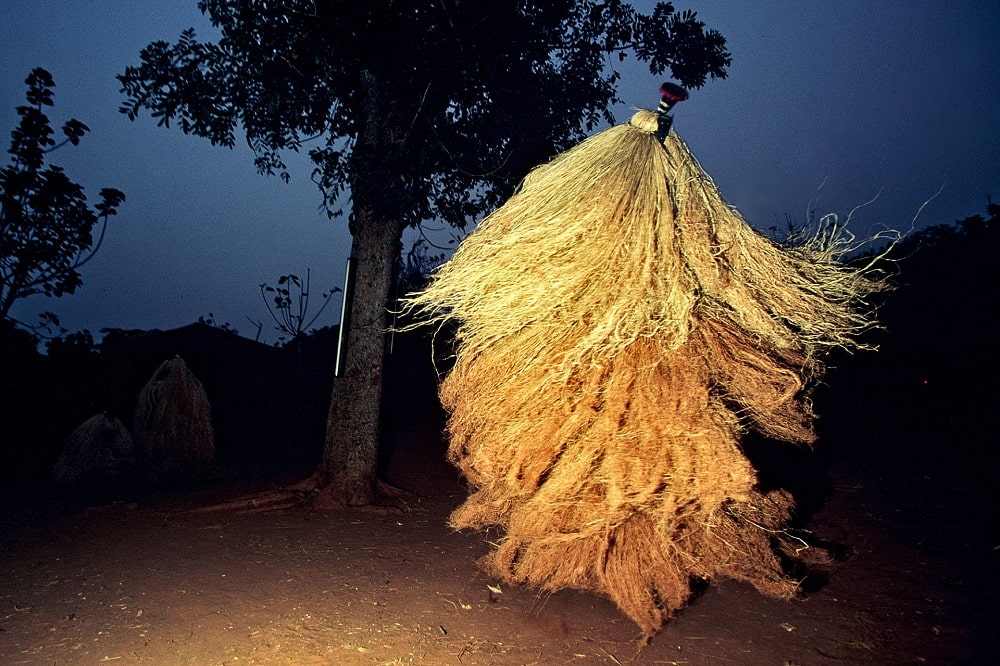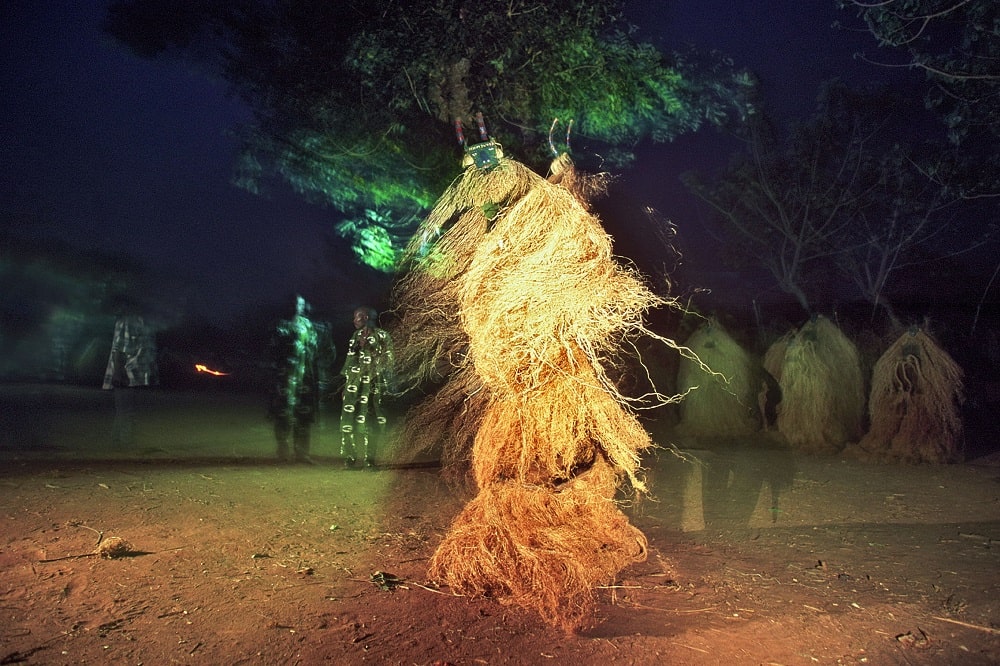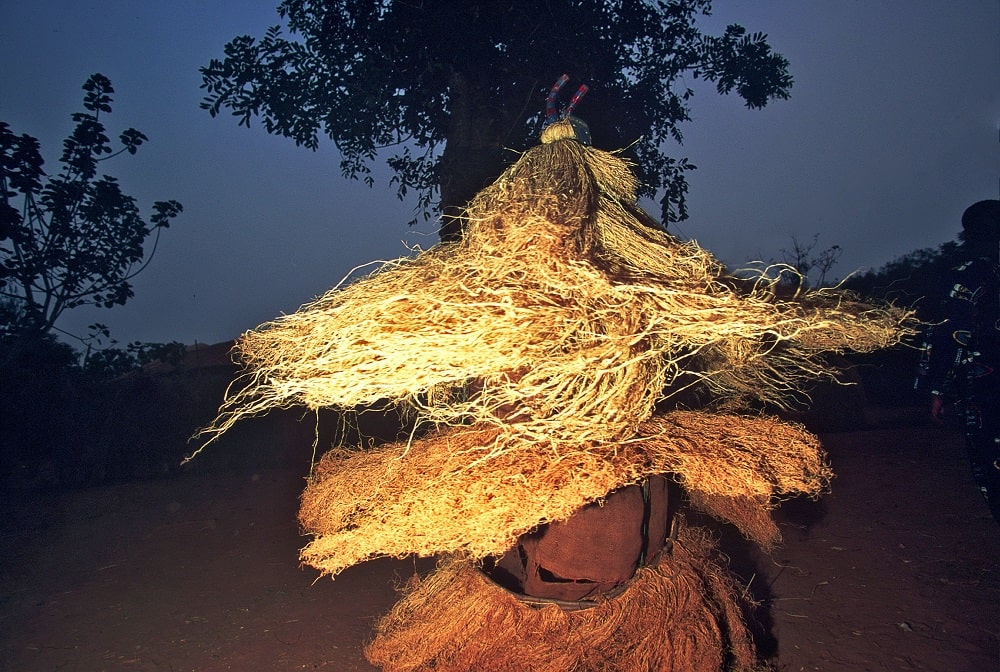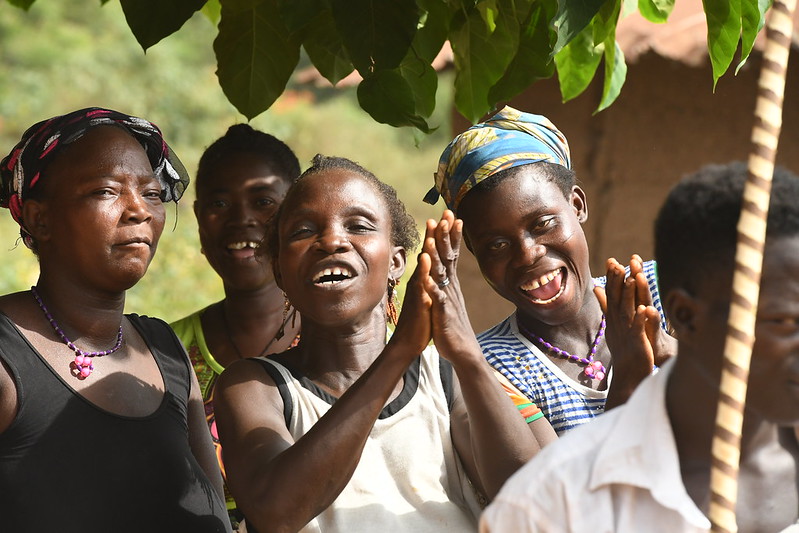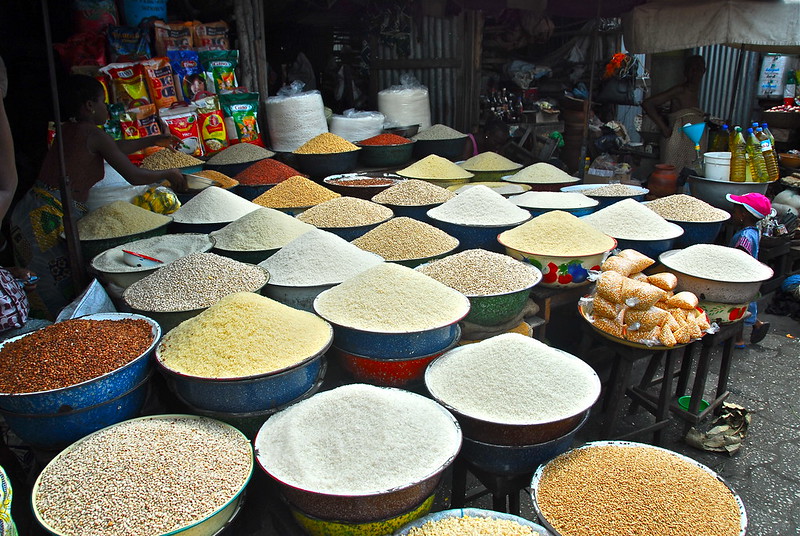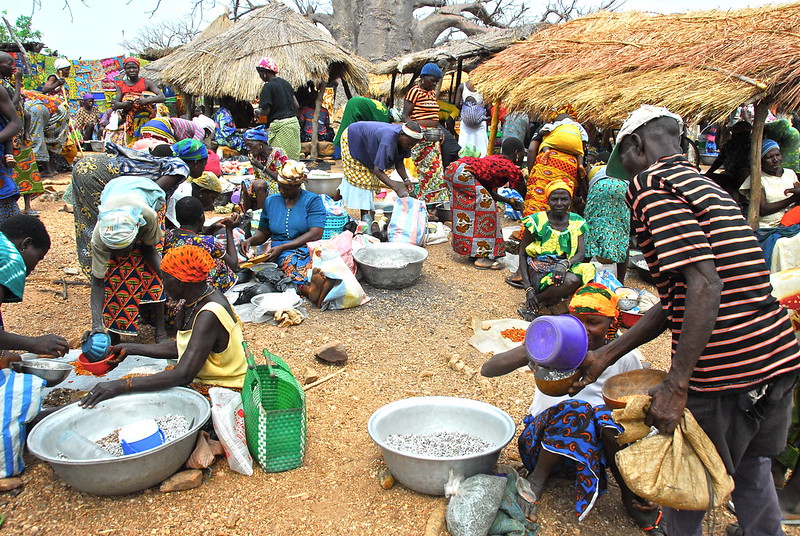The festivals of Benin are well known in the whole West Africa. Every year in January, the festivals’ season starts with the Voodoo festival.
Voodoo rituals
Voodoo is not simple black magic, as most of Western people think. In reality, it is a rich and complex religion which makes sense and gives order to the life of millions of believers. Along the coast of Benin, voodoo is the most spread religion, passing on from the ancestors to the new generation. In these places you can attend ceremonies during which percussions and songs calls the Voodoo for taking possession of the believers, giving rise to authentic manifestations of trance. The oracles practice the “Fa”, an esoteric divination technique that consists in the art of combining proverbs, images, ability to intuit, interpret and explain.
Voodoo Festival in Ouidah and Porto Novo
Every year, on January 10th, Benin celebrates the ancestral cults that are the foundation of the various forms of traditional religion practiced in the country. On this day, all the voodoo adepts from the south of the country meet in Ouidah. A large procession of adepts, those on foot, those on motorbikes, those in taxi brousse, go to the Door of Non-Return. The celebration riches its best when the Dagbo Houno, the supreme feticheur of Ouidah, arrives.
Dances, libations, masks and some official speeches are all part of the programme. In the evening, Ouidah, exhausted, but not yet completely satisfied, continues the festival in the intimacy of the courtyards.
Gelede Masks
Gelede masks, which originated in Ketou, are part of the Gelede cult, which is dedicated to Mother Earth. The whole village celebrates to promote fertility of both the people and the soil. Each sculpted mask represents a different character, of which only the initiates know the true nature and secrets of the symbolic characters. The masks are brightly painted and move like puppets as they relate myths and moral stories using mime. It is both educational and humorous. The delighted crowds laugh and clap their hands as they watch in appreciation. It is a fascinating mix of street and magical theatre.
Egun Masks
Egun masks represent the spirits of the deceased and according to the local population they “are” the deceased. The men wearing the masks representing Egun are initiates of the cult. Dressed in brightly multicoloured clothing they emerge from the forest and form a procession through the village streets, leaping towards any foolish spectator who dares to get too close. You don’t want the Egun to touch you because if he does; there is danger of death, so watch out! Some people touched by the Egun immediately collapse into a heap on the ground , they are carried in the fetish convent but fortunately and they recover quickly..
Zangbeto Masks
The Zangbeto mask is very tall and covered with coloured straw. It represents wild non-human spirits (the forces of nature and of the night that inhabited the Earth before human beings). The mask wearers belong to a secret society and keep their identity hidden as the non-initiated cannot know who they are. When Zangbeto comes out, it is a big important event for the village. Its performance guarantees protection against bad spirits and malicious people. The spinning movement of the mask symbolizes the spiritual cleaning of the village and Zangbeto also performs miracles to prove its powers.
Yam Festival
Yam is one of main ingredients of the stable diet in West Africa. In August, the population of Central Regions of Benin gather together around notables and kings to celebrate a ritual of continuity: eating together the new tubers bring two meanings. One the one hand it means thanking the gods and the ancestors for the good harvest and on the other hand it means asking for this to continue for the coming years. The festival goes on with dancing masks and voodoo celebrations.

